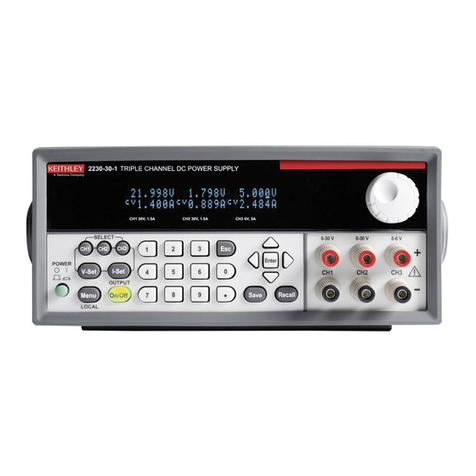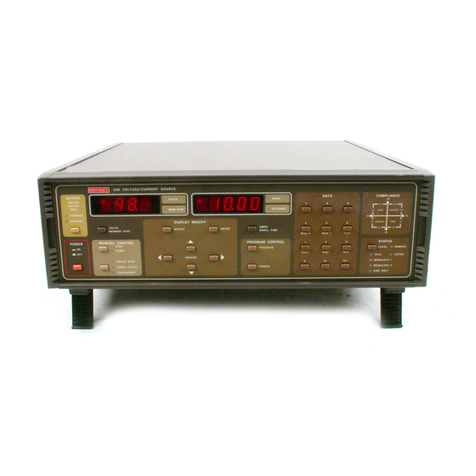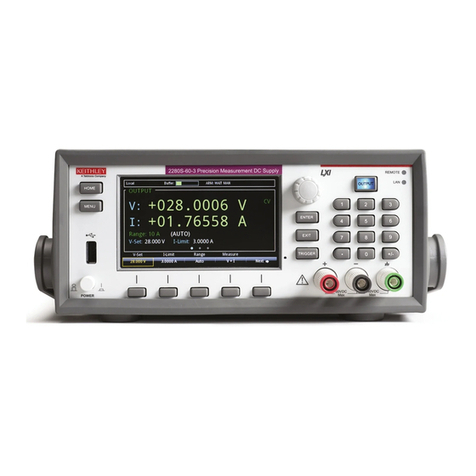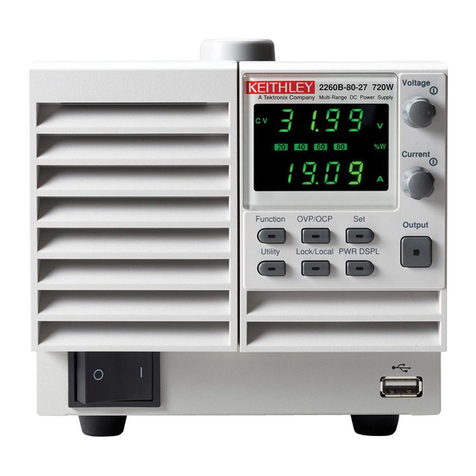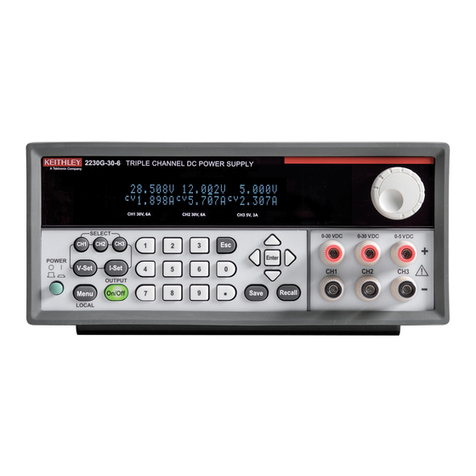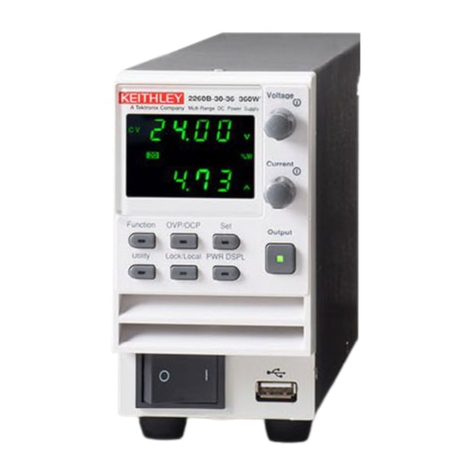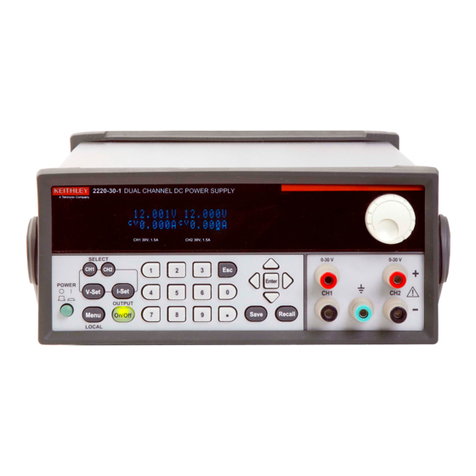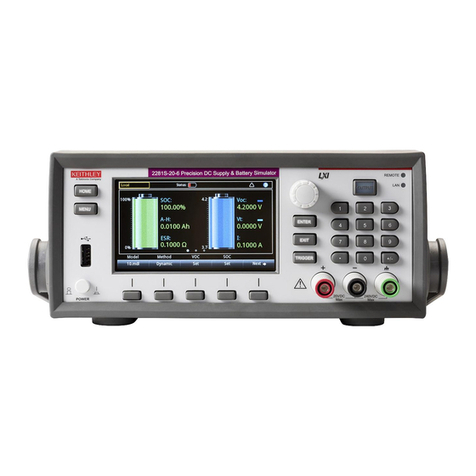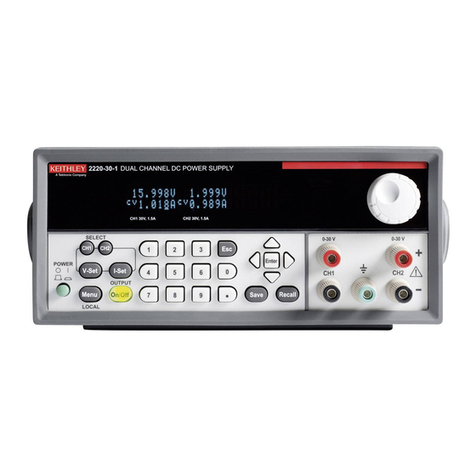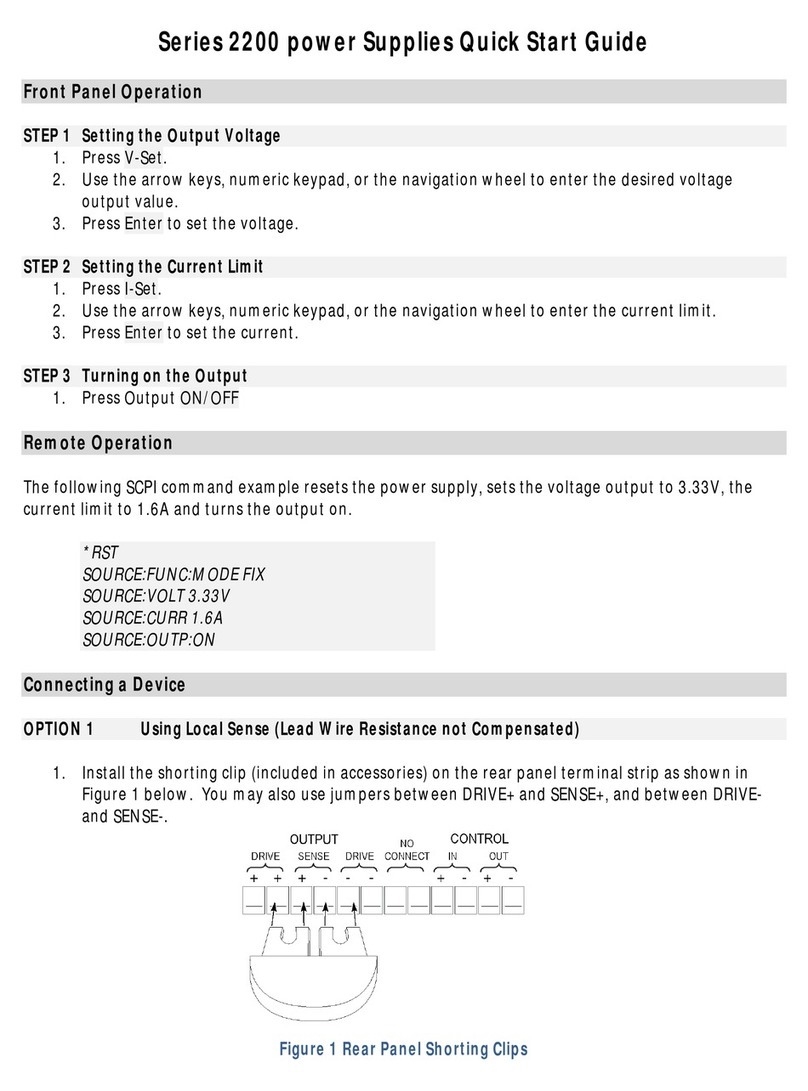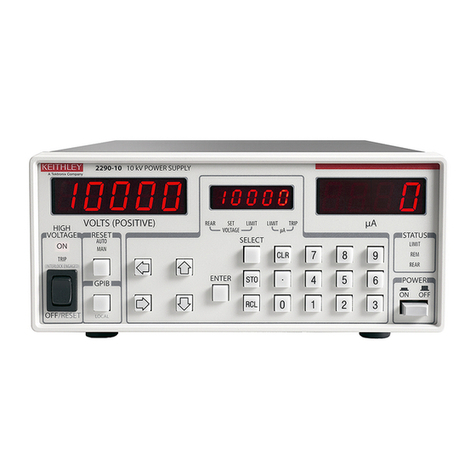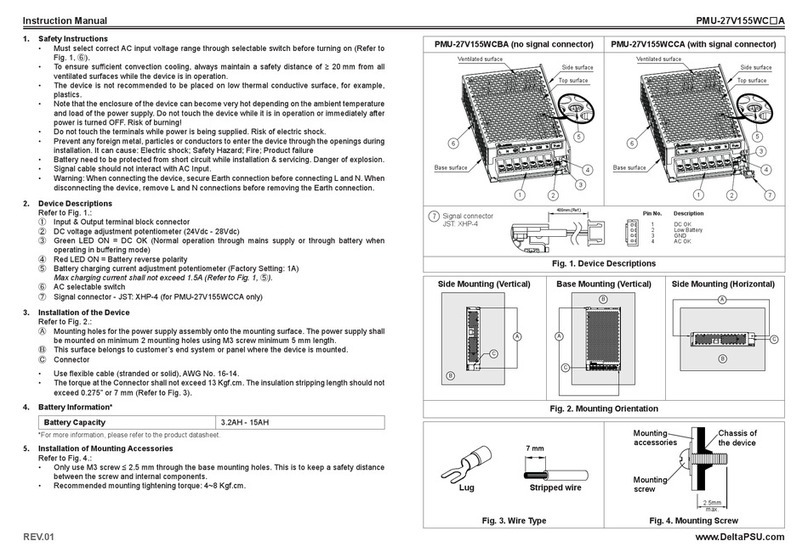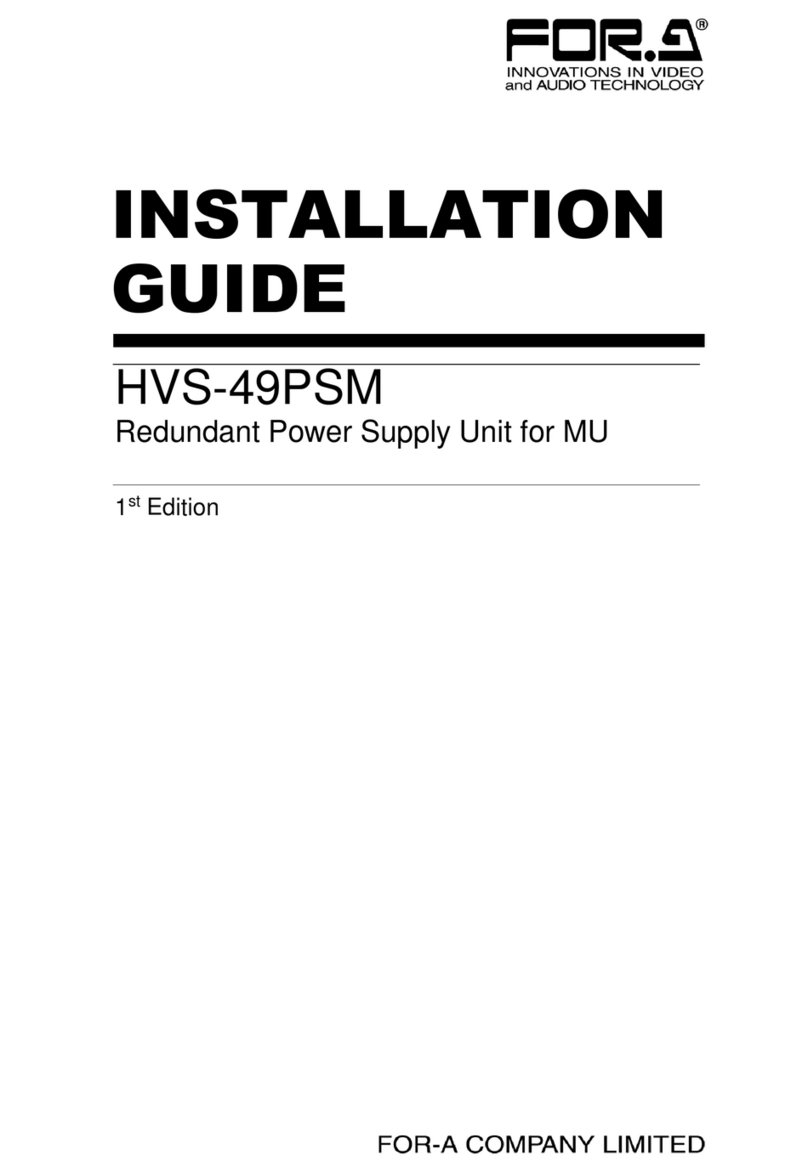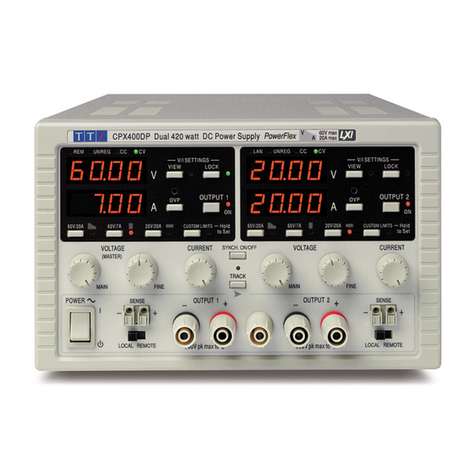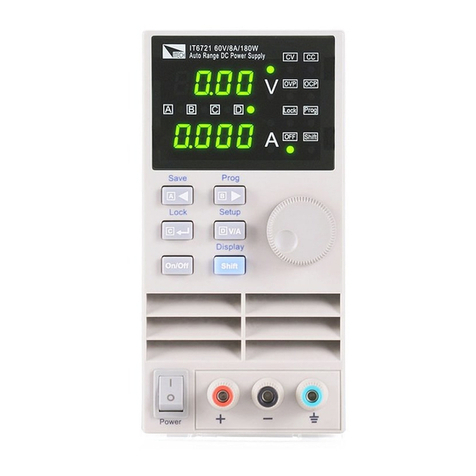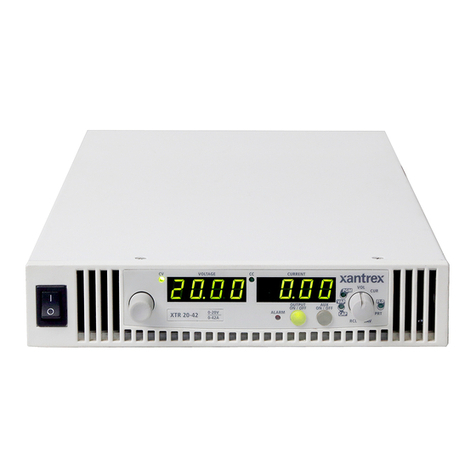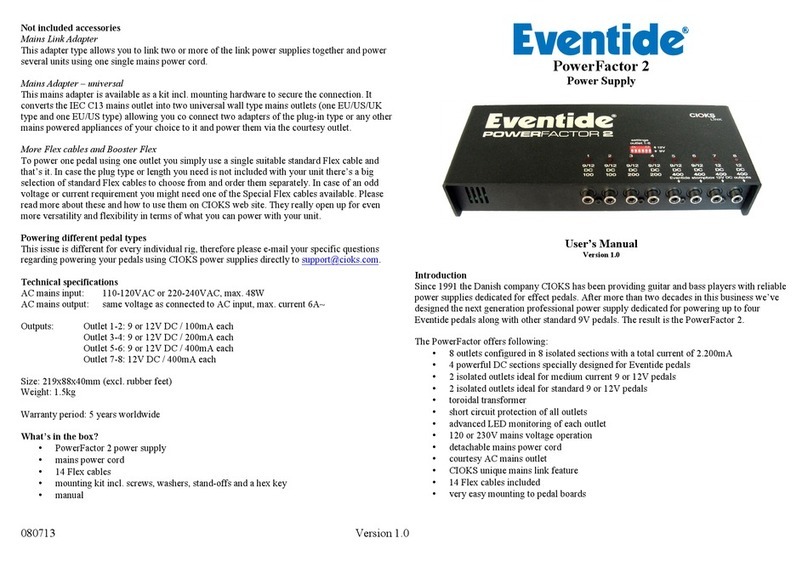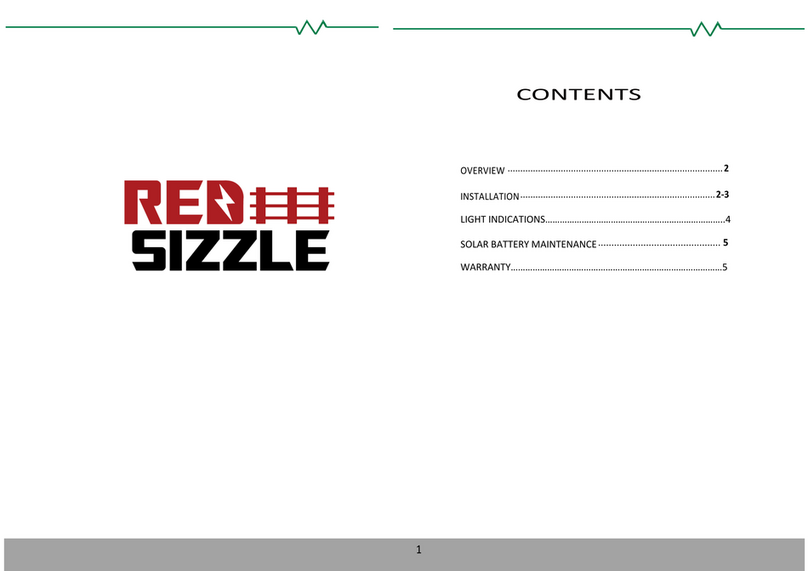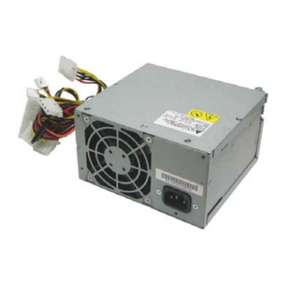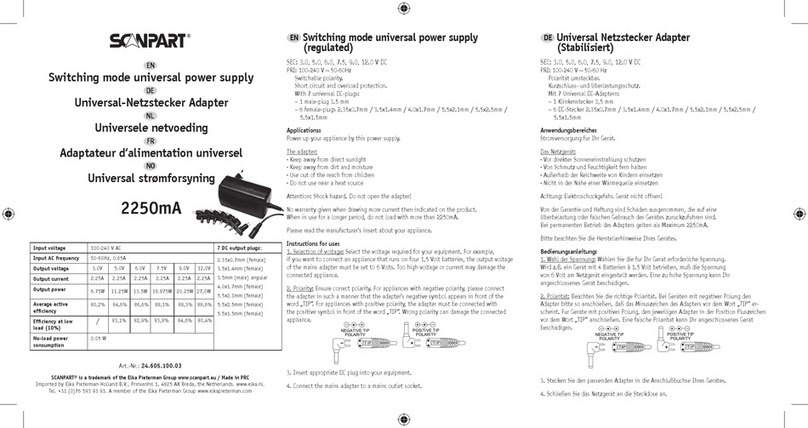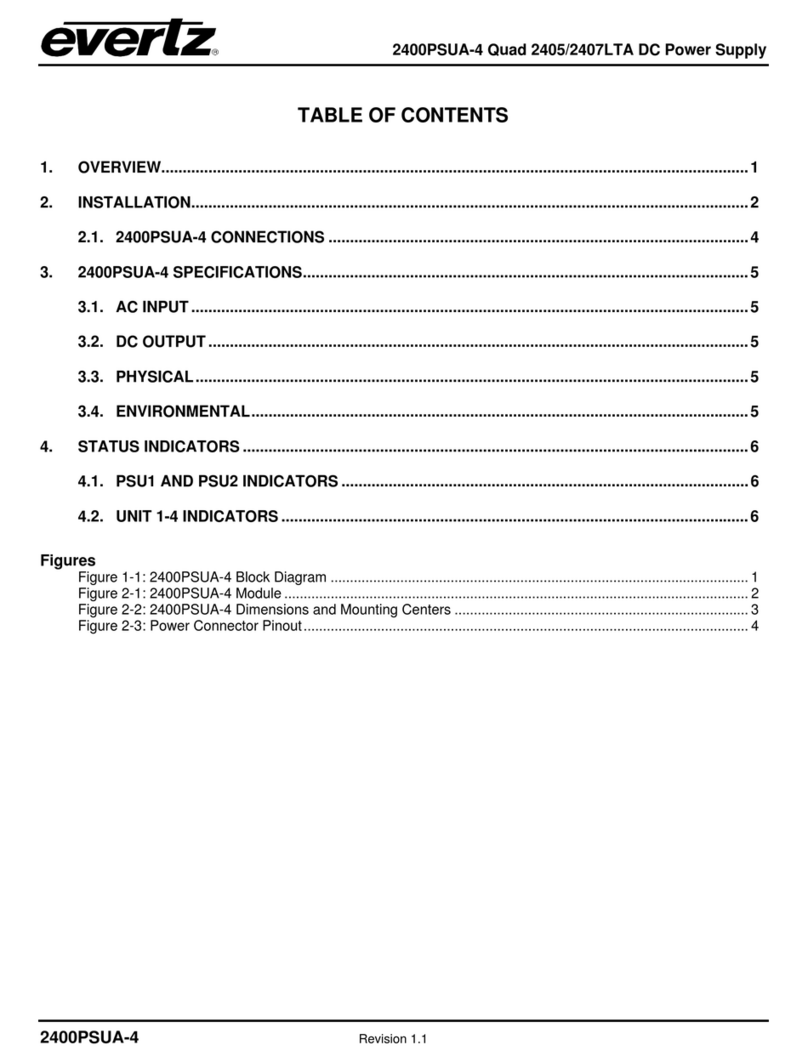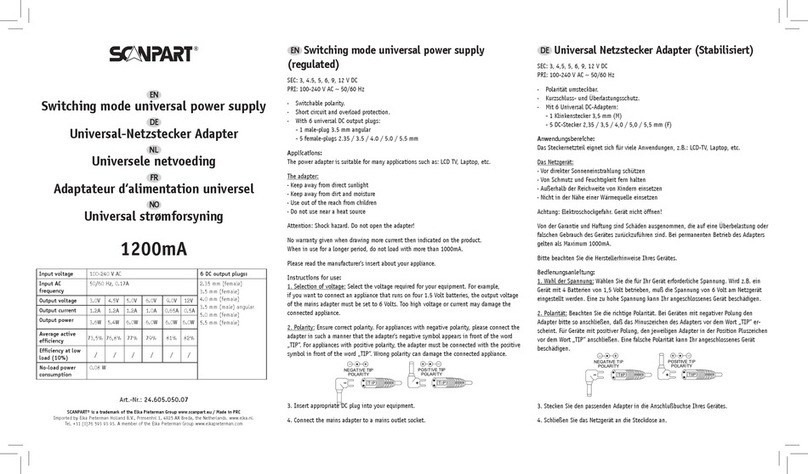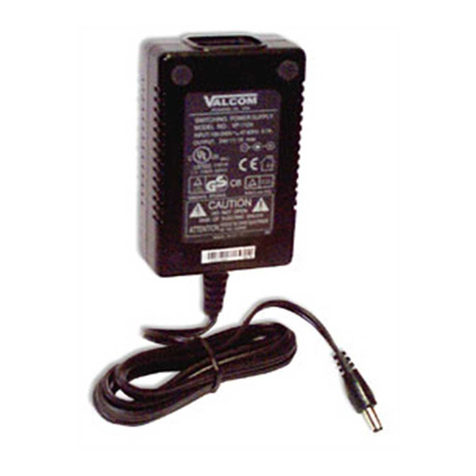
SERVICING MODEL 242 VOLTAGE SUPPLY
Connect a lo-ohm, l/2% resistor (Ke-ithley Part No. R12-10) at this point. Read the volt,
age across the resistor with the Model 153. Adjust the ZENER ADJ potentiometer, R133
(Figure 9), until the microvoltmeter reads the product of the rated zener current (7.5
milliamperes) times the resistance (10 ohms) or 75 millivolts *l%.
2. The voltage across the zener diode should now be between 8.55 and 9.45 volts. If
this voltage is not correct, check the regulator tube Vl (Figure lo), resistor R132
(Figure ll), the ZBNER ADJ potentiometer R133 and the zener diode D103.
3. After adjusting the voltage, recalibrate the Model 242 (paragraph 5-3). w
4-8. BIAS ADJiTSTMENT.
a. Connect the Model 242 to the circuit OscFlloscope
shown in Figure 6. Use a resistor which
will allow a full load - 25 milliamperes Model 242
- + + -
- on the Model 242. For example, set the 0 0
Voltage Supply to 1000 volts output and use
a 25-kilohm resistor. Use a 0.5-microfarad,
4000-volt blocking capacitor in series with
the oscilloscope for protection.
b. Turn the Voltage Supply on; monitor
the output on the oscilloscope. The oscil-
loscope should show a signal with Z-milli-
volt rms ripple or less. Adjust the BIAS FIGURE 6. Circuit Diagram for Model 242
ADJ potentiometer, R144 (Figure 9), until the Bias Adjustment. Refer to paragraph 4-8
minimum ripple appears on the oscilloscope. for procedures and Table 1 for equipment.
c. If the potentiometer does not have suf-
ficient range to lessen the noise, check capacitor ClO8. If capacitor Cl08 (Figure 10) Fs
open, it will cause excessive noise. If it is good, observe the output wave. A high level
of corona indicates the feedback capacitor Cl20 (Figure 9) is open or the core of transfor-
mer T2 (Figure 8) is grounded.
4-9. IMPROPERLY WORKINGOVERLOAD.
a. If the OVElUOAD Lamp keeps lighting when the instrument is turned on, turn it off
and remove the load. If the instrument works when the load is not present, the overload
is in the external circuit. If the instrument continues to show an overload, check the
Model 242 for the trouble. Check the circuit voltages against those marked on the Sche-
matic Diagram.
b. If the overload relay Kl (Figure 10) will not break the circuit when the Voltage
Supply becomes overloaded, check filter capacitor Cl16 (Figure 10) for a short and check
the overload relay for proper operation.
c. If the overload relay cuts off the circuit with no'overload present, check the coil
of Kl (Figure 10) against the rated value printed on it. Also check the shunting resis-
tance R118 (Figure 9) to make sure its value has not changed.
d. If previous checks have not located the source, check capacitor Cl15 (Figure,8). A
leaky or shorted capacitor here will cause troubles similar to those caused by a faulty
overload circuit.
10 1065R



















